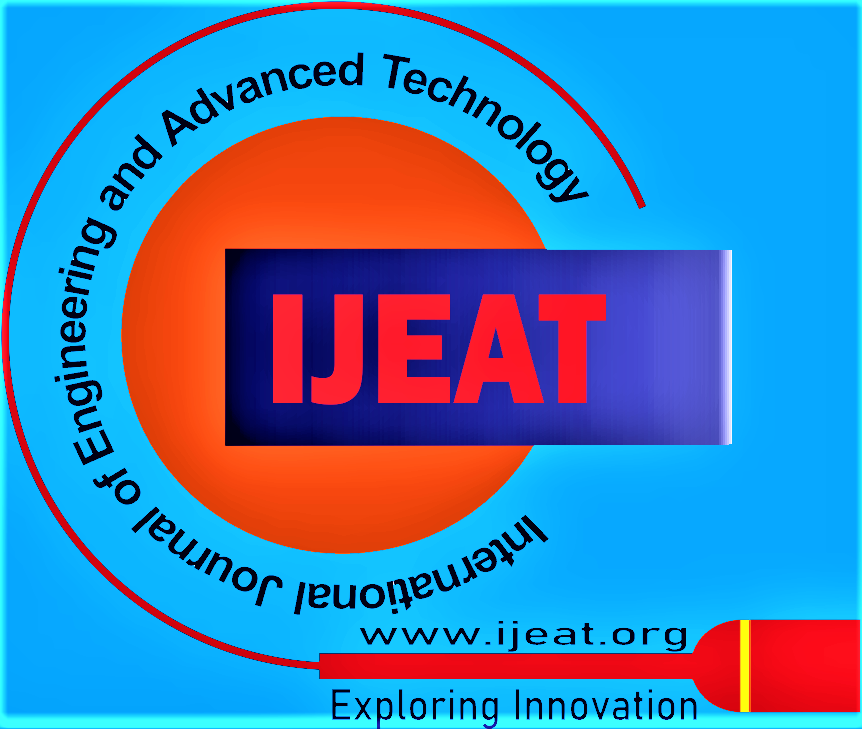![]()
Analysis and Implemented on Automated Text Summarization using Transformer Model
Shruti J. Sapra (Thakur)1, Avinash S. Kapse2, Mohammad Atique3
1Dr. Shruti J. Sapra (Thakur), Research Scholar, Department of Computer Science and Engineering, Sant Gadge Baba Amravati University, Amravati (M.H), India.
2Dr. Avinash S. Kapse, Associate, Professor and Head, Department of Information Technology, Anuradha College of Engineering, Chikhli, Sant Gadge Baba Amravati University, Amravati (M.H), India.
3Dr. Mohammad Atique, Professor and Head, Department of Computer Science and Engineering Sant Gadge Baba Amravati University, Amravati (M.H), India.
Manuscript received on 24 March 2024 | Revised Manuscript received on 03 April 2023 | Manuscript Accepted on 15 April 2024 | Manuscript published on 30 April 2024 | PP: 19-22 | Volume-13 Issue-4, April 2024 | Retrieval Number: 100.1/ijeat.D440413040424 | DOI: 10.35940/ijeat.D4404.13040424
Open Access | Editorial and Publishing Policies | Cite | Zenodo | OJS | Indexing and Abstracting
© The Authors. Blue Eyes Intelligence Engineering and Sciences Publication (BEIESP). This is an open access article under the CC-BY-NC-ND license (http://creativecommons.org/licenses/by-nc-nd/4.0/)
Abstract: Even though the work on automatic text summarization initially began 70 years prior, it has seen a remarkable development in the recent years due to new and advanced technologies. With the increasing significance of time, the need for condensed and precise information is at its peak. No one has time to review all the articles to obtain the correct data. With the help of an automatic text summarizer, we can condense the source text while preserving its content and overall meaning, thereby saving the reader’s time. Text summarisation can be broadly categorised into two types: Abstractive Summarisation and Extractive Summarisation. Extractive summarisation aims to distinguish the most vital information that is currently separated and assembled in a system into a condensed summary. The abstractive summary group includes rewriting the entire article, and the summary is created using natural language processing techniques. In this paper, we discuss various text summarisation models and present the results of our implementation of an automatic text summarizer, which was trained using the CNN Daily Mail dataset.
Keywords: Abstractive Summarization, Extractive Summarization, Natural Language Processing, Text Summarization, Deep Learning, Transformers
Scope of the Article: Deep Learning
